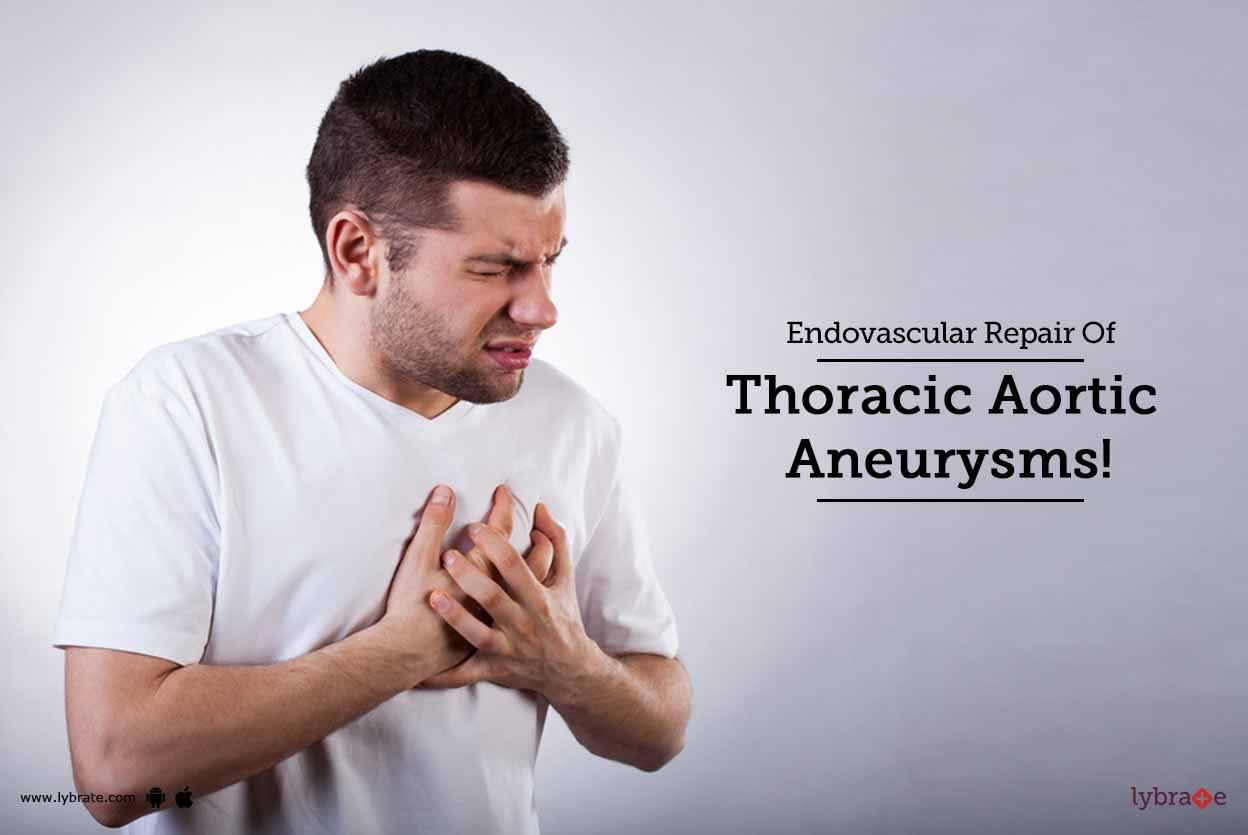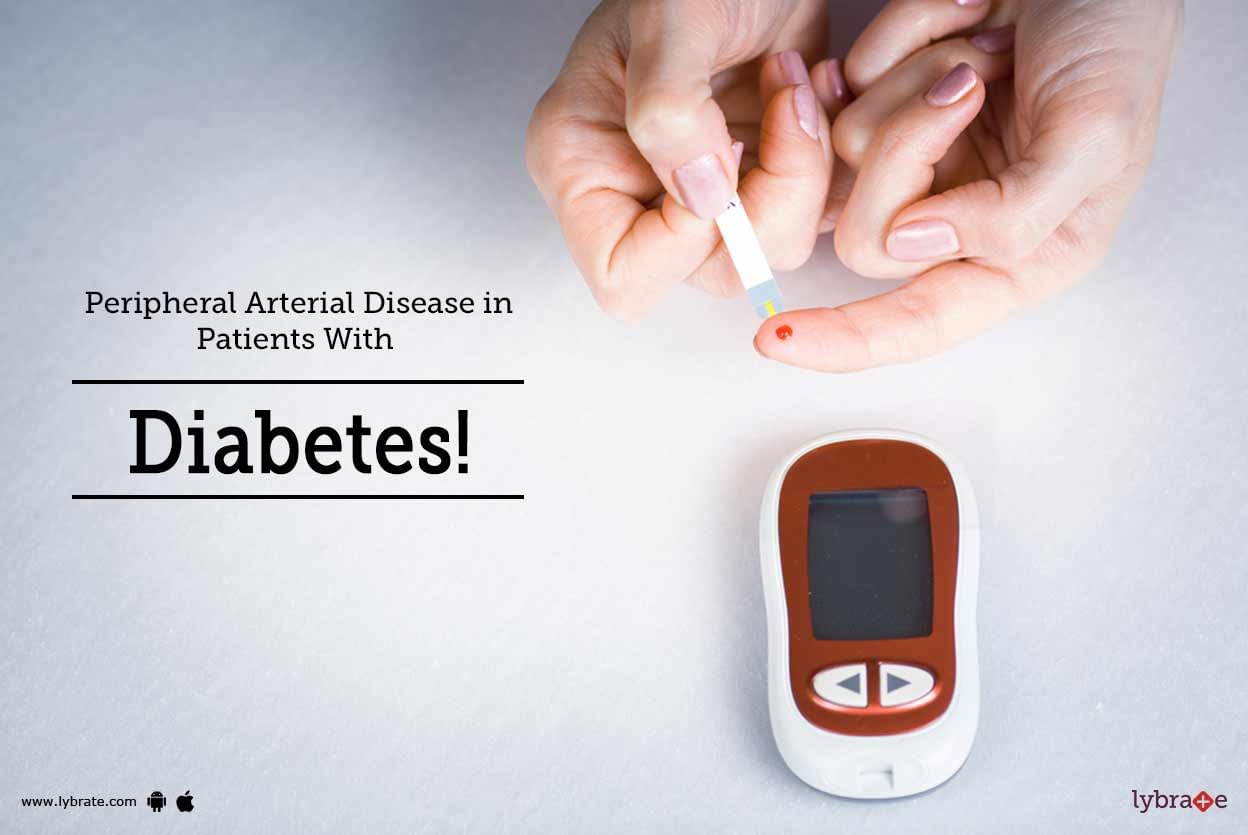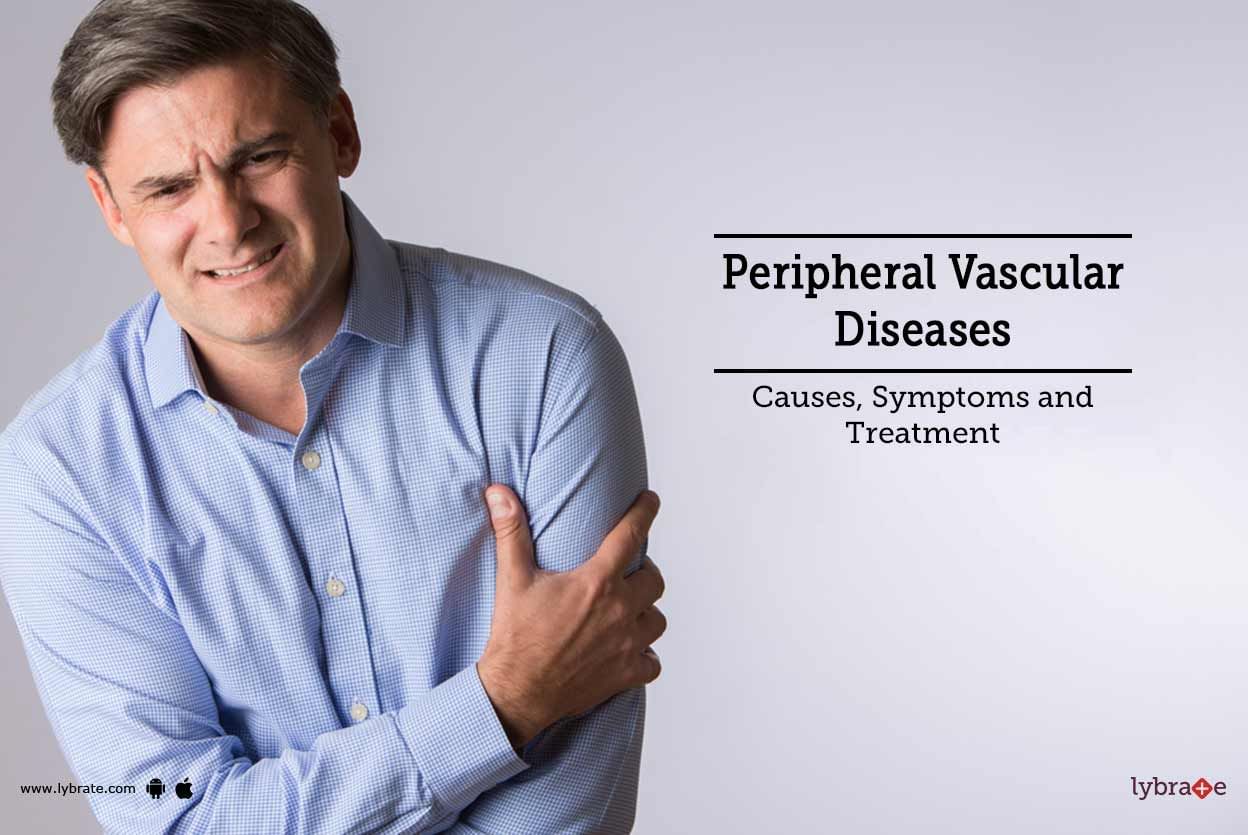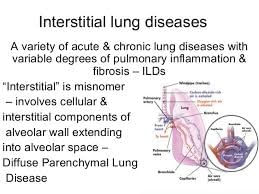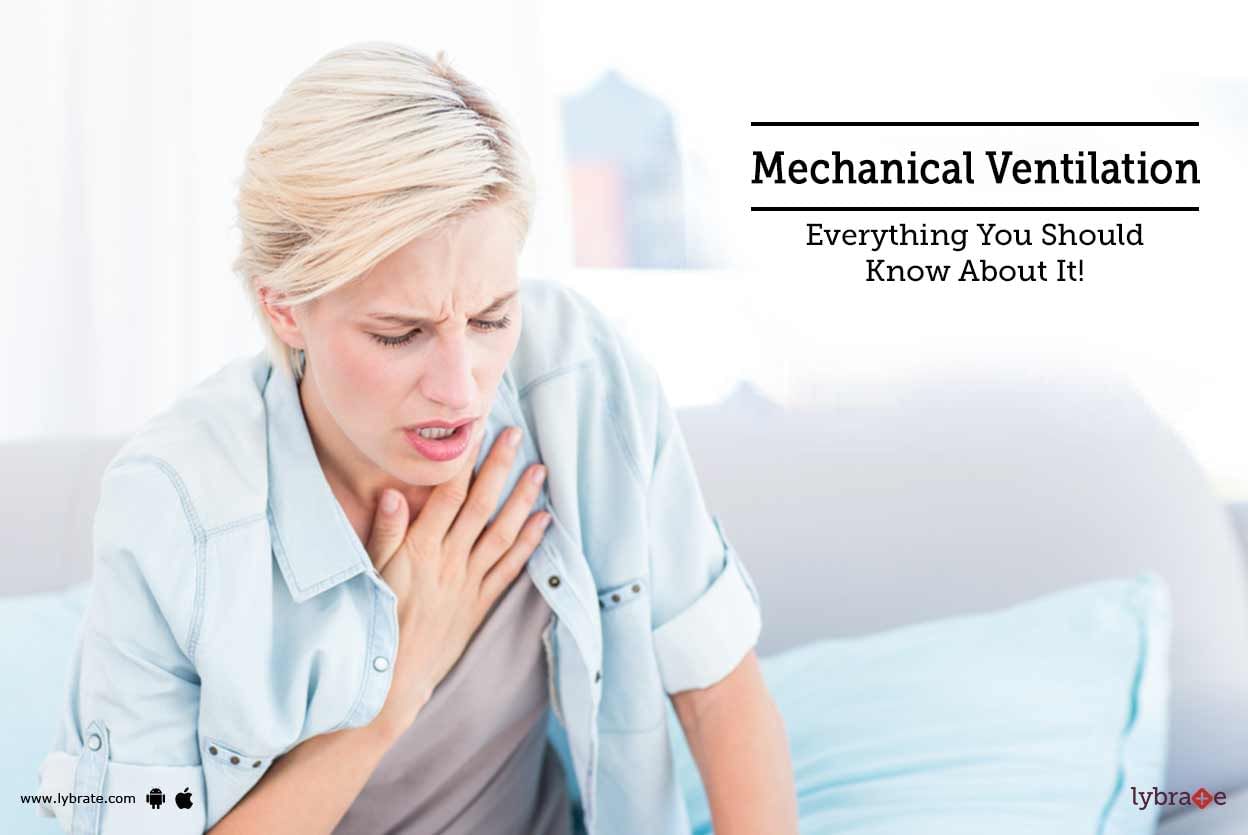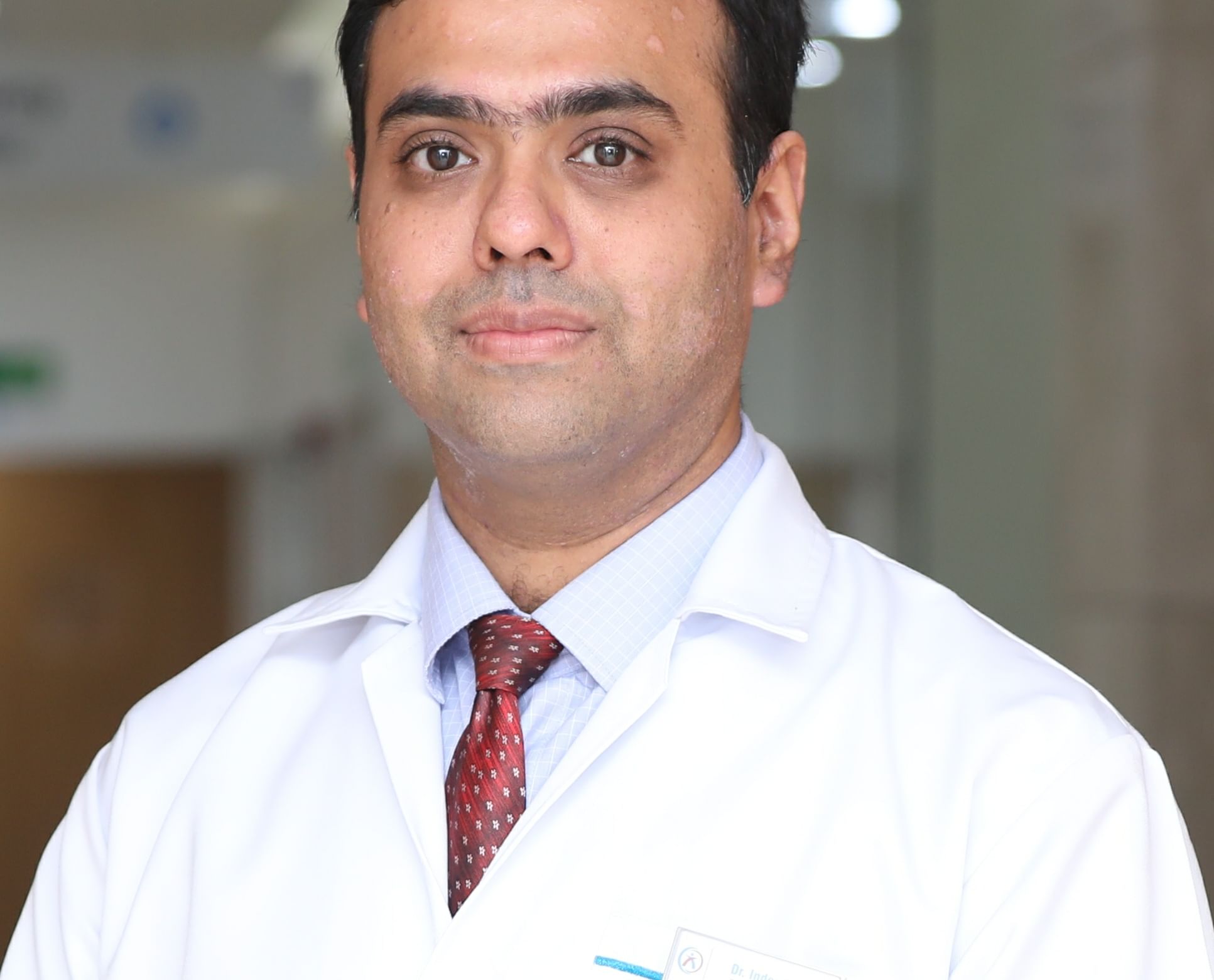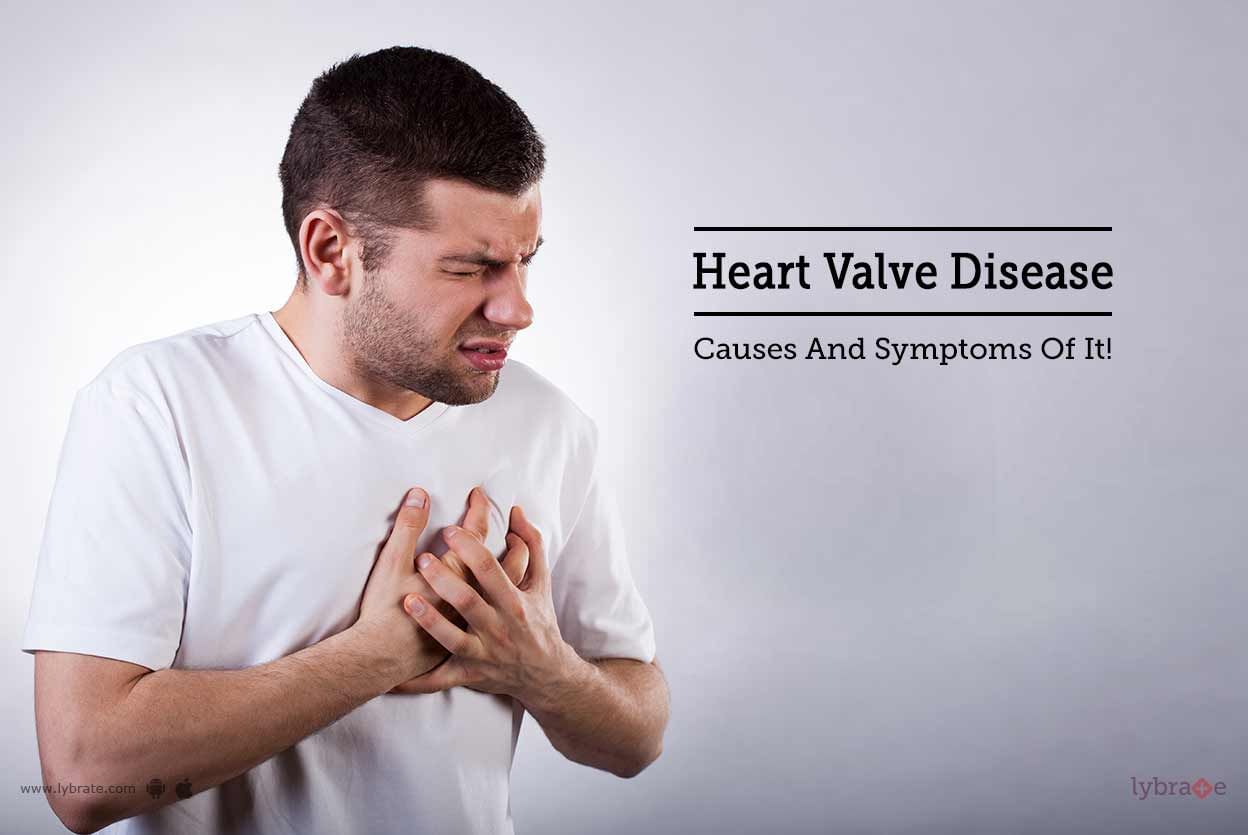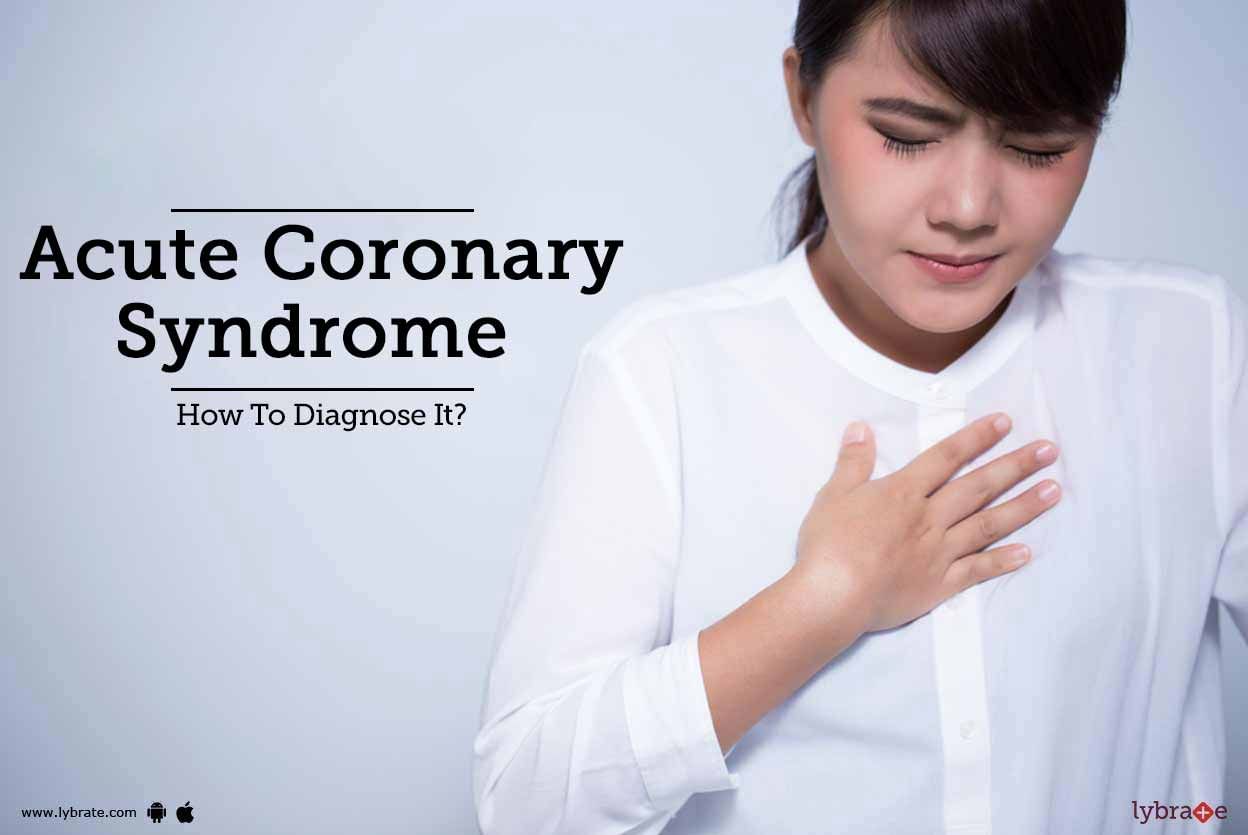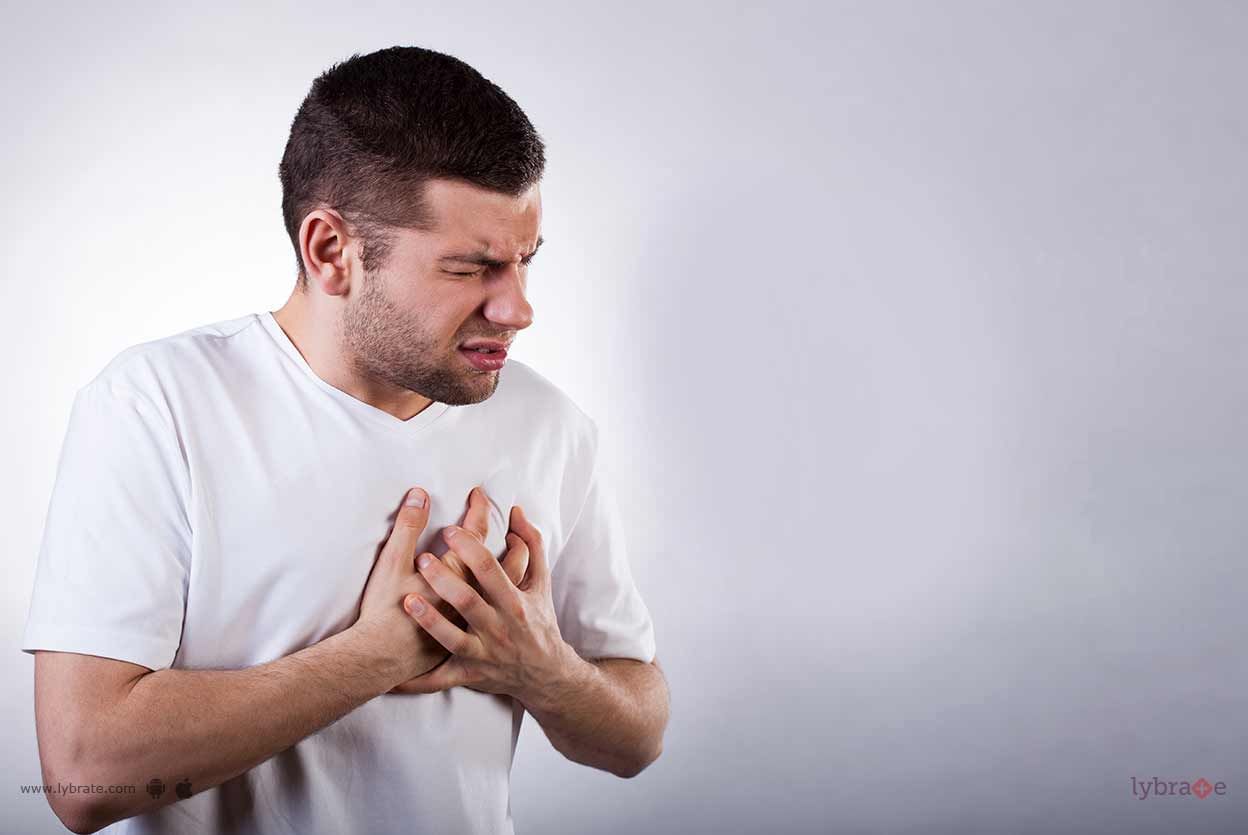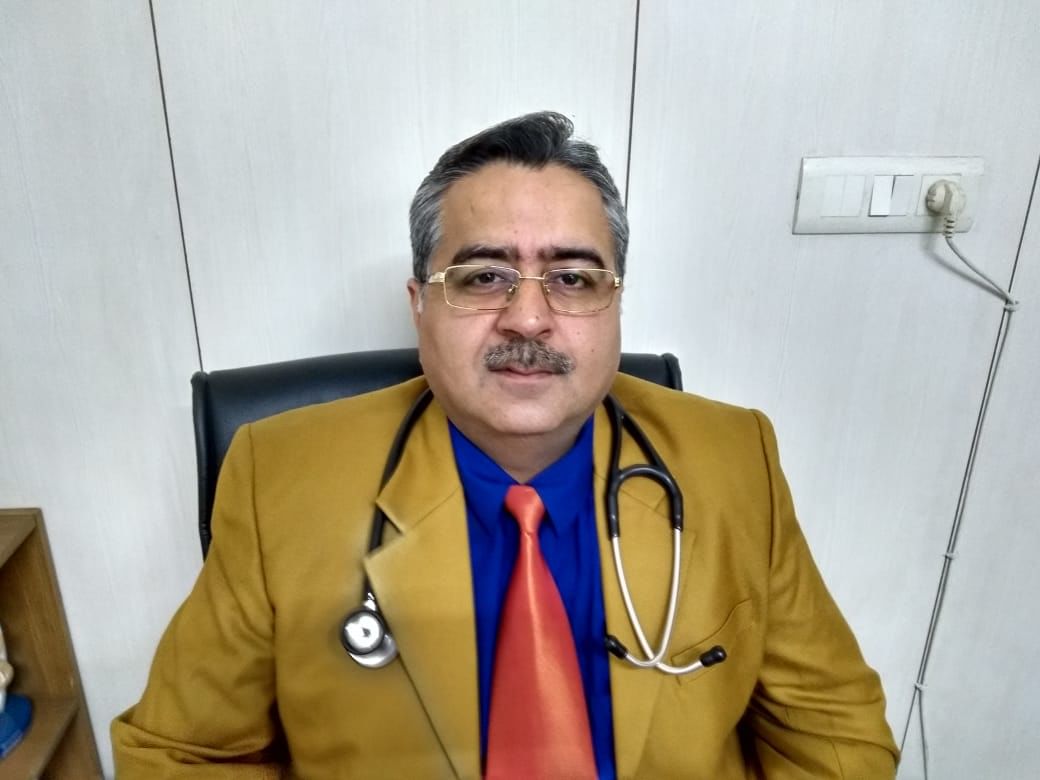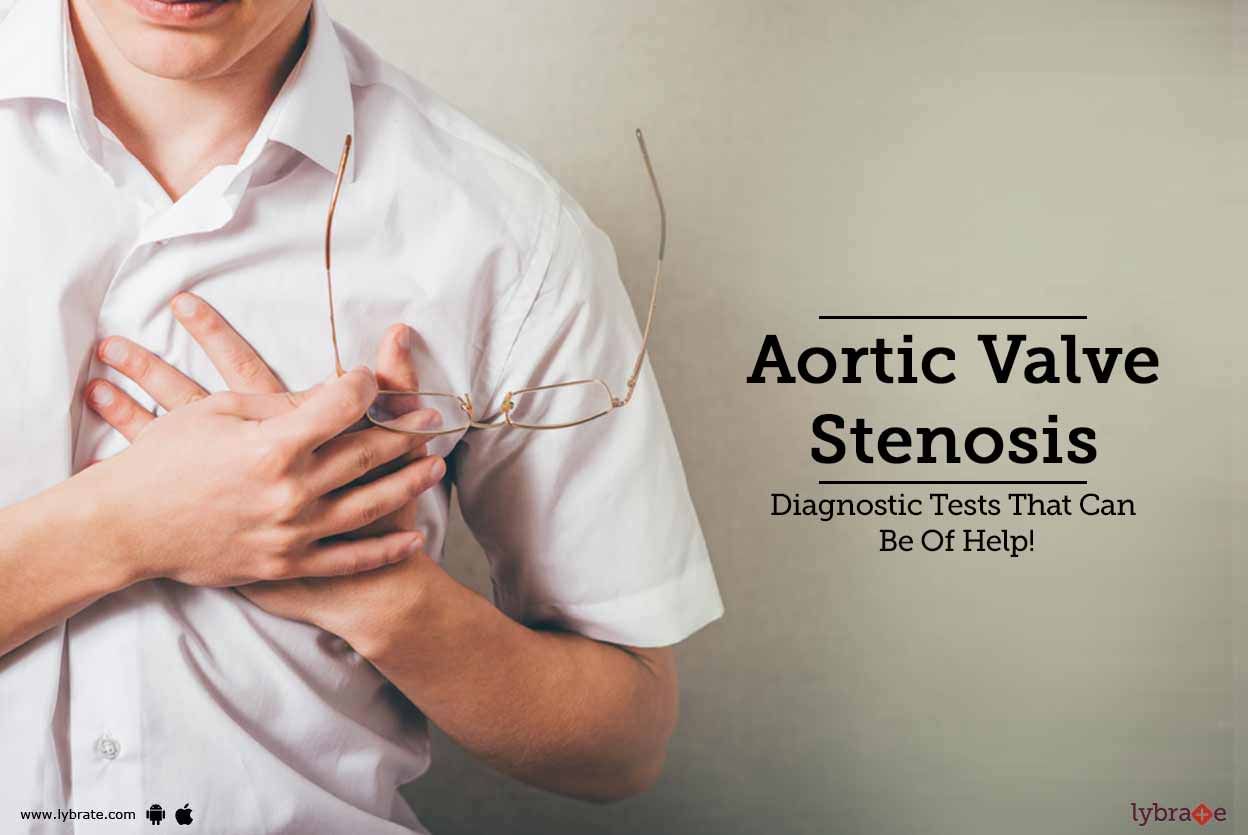Get the App
For Doctors
Login/Sign-up
About
Health Feed
Find Doctors
Health Packages
AllQ&AsTipsQuizzes
Aortic Valve Disease Tips
Last Updated: 7 years ago• Featured Tip
Share
Bookmark
Report
The aorta is the largest blood vessel that supplies pure, oxygenated blood to the various parts of the body. Starting in the left lower heart chamber, it takes a U-turn down to the abdominal area and then the legs. It branches as it goes down, with two main branches being the thoracic and abdominal aorta.
Thoracic aortic aneurysm, also known as thoracic aortic dissection or descending aortic aneurysm is abnormal swelling of the aorta in the chest which can rupture over a period of time....more
Thoracic aortic aneurysm, also known as thoracic aortic dissection or descending aortic aneurysm is abnormal swelling of the aorta in the chest which can rupture over a period of time....more
Last Updated: 7 years ago• Featured Tip
Share
Bookmark
Report
Peripheral arterial disease or commonly known as PAD is a common cardiovascular disease. Despite having the power to cause painful symptoms and severe health risks, it is overlooked by many. This particular arterial disease may lead to life-threatening consequences if left untreated for long. Read on to know more about the condition.
What is PAD?
PAD refers to the situation where in the peripheral arteries to the arms, head, stomach, and legs become narrow. Often referred to as the ...more
What is PAD?
PAD refers to the situation where in the peripheral arteries to the arms, head, stomach, and legs become narrow. Often referred to as the ...more
Last Updated: 7 years ago• Featured Tip
Share
Bookmark
Report
Peripheral vascular disease (PVD) is a circulation issue that affects the arteries and blood vessels outside of the brain and heart. PVD commonly strikes the arteries that supply blood to the arms, legs, and organs situated beneath the stomach. These are the arteries that are located away from the heart. They are known as peripheral vessels.
In PVD, the width of the arteries get limited. Narrowing is normally created by arteriosclerosis. Arteriosclerosis is a condition where plaque deve...more
In PVD, the width of the arteries get limited. Narrowing is normally created by arteriosclerosis. Arteriosclerosis is a condition where plaque deve...more
Last Updated: 7 years ago• Featured Tip
Share
Bookmark
Report
What is Interstitial lung disease?
Interstitial lung disease describes a large group of disorders that inflame or scar the lungs. Once lung scarring occurs, it s generally irreversible. Medications can slow the damage of interstitial lung disease, but many people never regain full use of their lungs.
Symptoms of Interstitial lung disease-
Airborne toxins in the workplace
Radiation therapy for lung or breast cancer
Chemotherapy drugs
Systemic lupus erythemat...more
Interstitial lung disease describes a large group of disorders that inflame or scar the lungs. Once lung scarring occurs, it s generally irreversible. Medications can slow the damage of interstitial lung disease, but many people never regain full use of their lungs.
Symptoms of Interstitial lung disease-
Airborne toxins in the workplace
Radiation therapy for lung or breast cancer
Chemotherapy drugs
Systemic lupus erythemat...more
Last Updated: 7 years ago• Featured Tip
Share
Bookmark
Report
Mechanical ventilation is the artificial method of assisting a person to breathe with the help of a device called ventilator. It is employed when a person s spontaneous breathing who has been affected and cannot breathe on his/her own.
When is Mechanical Ventilation indicated?
Several injuries or other medical conditions could call for assisted breathing-
Apnea (inhalation muscles become non-functional) that leads to intoxication and respiratory arrest
Lung inj...more
When is Mechanical Ventilation indicated?
Several injuries or other medical conditions could call for assisted breathing-
Apnea (inhalation muscles become non-functional) that leads to intoxication and respiratory arrest
Lung inj...more
Last Updated: 7 years ago• Featured Tip
Share
Bookmark
Report
Complications in the heart valve occur when the functioning of the heart valve is impaired. Valves of the heart allow the blood to flow in one direction and prevent the blood from flowing back into the ventricles of the heart.
Heart valve diseases can be classified as follows:
Valvular stenosis: This condition occurs when the valves of the heart does not open completely due to stiffness. As the opening is narrow, the heart has to work hard to pump blood. This condition may lead...more
Heart valve diseases can be classified as follows:
Valvular stenosis: This condition occurs when the valves of the heart does not open completely due to stiffness. As the opening is narrow, the heart has to work hard to pump blood. This condition may lead...more
Last Updated: 7 years ago• Featured Tip
Share
Bookmark
Report
The word acute coronary syndrome refers to a group of symptoms that are caused by blockage of the blood flow to the heart muscles. The most common result of this is myocardial infarction or heart attack as it is popularly called. Reduced blood flow leads to death of some portion of the heart muscle wall. While the word heart attack sounds almost fatal, it need not be the case. Knowing how to identify an attack and being aware of some simple measures can help save lives.
Symptoms: The...more
Symptoms: The...more
Last Updated: 7 years ago• Featured Tip
Share
Bookmark
Report
Complications in the heart valve occur when the functioning of the heart valve is impaired. Valves of the heart allow the blood in one direction and prevent the blood from flowing back into the ventricles of the heart.
Heart valve diseases can be classified as follows:
1. Valvular stenosis:
This condition occurs when the valves of the heart do not open completely due to stiffness. As the opening is narrow, the heart has to work hard to pump blood. This condition may lead to...more
Heart valve diseases can be classified as follows:
1. Valvular stenosis:
This condition occurs when the valves of the heart do not open completely due to stiffness. As the opening is narrow, the heart has to work hard to pump blood. This condition may lead to...more
Last Updated: 7 years ago• Featured Tip
Share
Bookmark
Report
Aortic valve stenosis is a heart condition in which the valve to the biggest artery- the one which provides oxygen-rich blood to our body, called aorta, is narrowed. This prevents the valve from opening fully, obstructing the blood flow from your heart into your body.
When the aortic valve doesn t open, your heart needs to work harder to pump blood to your body making the heart muscle weak. If left undiagnosed aortic stenosis is fatal.
Symptoms
These symptoms should sp...more
When the aortic valve doesn t open, your heart needs to work harder to pump blood to your body making the heart muscle weak. If left undiagnosed aortic stenosis is fatal.
Symptoms
These symptoms should sp...more
Last Updated: 7 years ago• Featured Tip
Share
Bookmark
Report
Bachelor of Ayurveda, Medicine and Surge...read more
Ayurvedic Doctor•Lakhimpur Kheri
Day to day stress, poor lifestyle and lack of physical activity can lead to many problems including risk of heart problems. These top 10 cardiologist can help you in assessing the functioning of heart and help in a proper diagnosis and treatment of any cardiac problems, if any. A cardiologist can treat a number of diseases related to heart problems such as coronary artery disease, congenital heart defects, valvular heart disease, heart failure, hypertension, cardiomyopathy.
Below is th...more
Below is th...more
Book appointment with top doctors for Aortic Valve Disease treatment
View fees, clinic timings and reviews
Ask a free question
Get FREE multiple opinions from Doctors
posted anonymously


